“The only way to empower people to do more is by giving them the most advanced and capable tools, period.” – Marty Sprinzen, Chief Executive Officer, Vantiq
Change – whether good or bad – is rarely ever straightforward. It’s a notion that few would contest in light of the ongoing pandemic but this does not make it any easier to combat. During this phase of unprecedented global adjustment then, it’s unsurprising that innovation has become a central priority for many businesses. Agility, sustainability, scalability, these are the qualities that the modern organization aspires to and it’s because they’re the same qualities needed to tackle can Covid-19. However, we cannot lean on innovation for innovations sake, so what is the balancing act?
This was the focus at GDS’ Digital Innovation Summit earlier this year and throughout its course, we heard from global technology leaders on how they were managing these processes. From Vijay Balakrishnan explaining the role of data-driven mindsets within Michelin, to Ken Parmelee on IBM’s utilization of AI, here are the insights and insider views on the future of digital innovation strategy.

-
Preparing for Innovation
To remain competitive, every company needs to regularly alter its strategic approach. With new industry developments and technological advancements we have the potential to expand current revenue streams and open doors to new business opportunities like never before. However, when handled poorly or erroneously, innovation can expose companies to reputation risk & financial loss. We all want to guarantee that the innovation projects that we work on introduce lasting positive change and to that effect, it’s necessary to be aware of the do’s and don’ts.
Alina Aronova, Senior Vice President of Technology Operations for Cengage Learning, is no stranger to these dangers. As she specifies, “change – regardless of whether it’s innovation or transformation – even if you execute it well, if it’s not adopted, if it’s not embraced, this is where a lot of failures will happen”. It’s a universal challenge regardless of the industry that you’re in and many businesses still struggle in the face of it. Regardless of your sector, the “ability or inability to introduce change, is what’s going to make or break your success.”
Obviously, a digital innovation strategy has a deep impact on an organization’s daily operations, and this is why it’s so hard to get right. As Alina notes, it’s a matter for leaders, “often, everyone has an opinion but no one has a solution. Leaders need to step up and you need not to be hesitant. Conceptually and logically, it’s an art to be able to drive innovation.” Drive is the operative word here, and while it may be apparent, “taking charge and showing your leadership is absolutely critical, otherwise that chaos is never going to end.”
Regardless of the eventual outcome, innovation is a process that demands that leaders be bold. As Alina specified, our organizations “need to have that sense of conviction to say, “we’re not in a healthy place,” and to then go in and make the necessary changes. At this time, “change is normal so we can be comfortable being uncomfortable”. Equally though, this isn’t to say that we shouldn’t step in if something isn’t working. Innovation is a balancing act and it’s possible to be daring whilst also knowing that, “if the scope isn’t crystal clear, we can stop the process”.
In light of this, culture will be key. As Alina put it, “there is a method to be successful in your transformation, but there’s also a method to nail it to stick” and this is what we can ensure with a powerful company culture. Concluding her keynote, Alina supported this notion, stating, “to me, you start with people. If you don’t have the right culture, none of the process will work, none of the technology will work.”
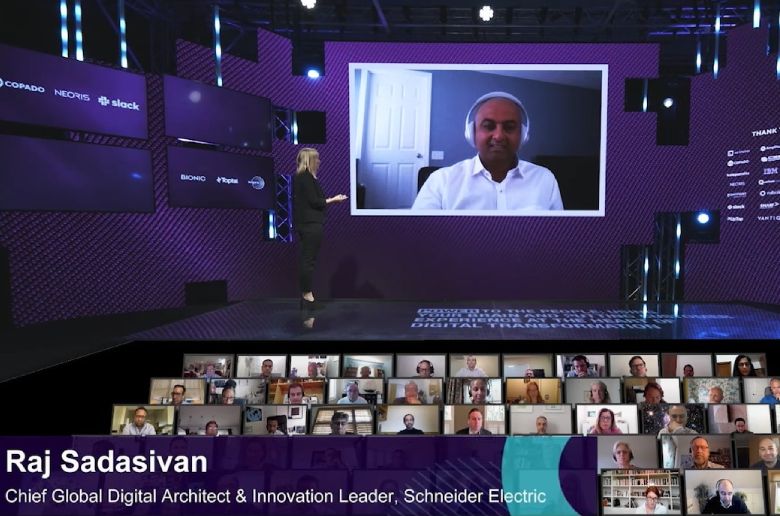
-
Power To The People
Before you determine what your digital transformation journey should look like though, it’s first necessary that we define what that innovation means for your people. For Raj Sadasivan, Chief Global Digital Architect & Innovation Leader for Schneider Electric, innovation is characterized by “how we think and rethink things from a customer perspective, rather than looking inside out.”
Naturally, this has become a core priority for Raj and his team, and when it comes to their digital innovation strategy, it is all about your ability to empower the user, beginning with the customer experience and working outwards. As Raj established, “it’s not just about implementing solutions but rethinking, with the user in the middle, how we can provide what the user wants.” It’s an approach that has the potential to work in any industry or sector but one which – if not adopted, could see companies left behind. In order to take these next steps in innovation though, leaders need to start:
- Alter the Approach: We need to change our approach in line with the problem at hand, rather than plan from beginning to end, “we have to think end in mind and work backwards.
- The Power to Say No: We need to get rid of any blockers to progress, we need to give ourselves the power to say no and “we have to be bold. We need to have the vision because you there will always be noise from different people.”
- Internal Relations: We need to foster the relationships that exist between teams to build success, ergo, “we need to have a strong partnership with the program and business team.
Conventionally speaking, we’ve targeted the wrong things where digital innovation strategy is concerned. As Raj put it, “I think we often use a cookie cutter approach, but we have to go beyond this. We have to make sure that it’s not purely about technology. Technology is an enabler, rather than the solution itself.” Technological innovation can be used to unlock human solutions and to afford users more control, “we have to actually give the power to the user so that users can decide what they want and what they don’t want and the individualization has to be there, that’s the crux of the experience.”
It’s worth nothing though that what sets the top performers in innovation apart is not just asking the customer what they want but truly “understanding what they need.” The gulf that exists between customer wants and needs is one that many companies still struggle with, but it’s a part of the process that has its advantages. As Raj acknowledged, we need to “fail fast, but learn from it. If you don’t learn from it then you’ll keep on failing.” We need to get comfortable with failure to ultimately do right by our consumers, if we don’t, the “customer will make the decision for you. They will leave your organization or they will buy from somewhere else”.
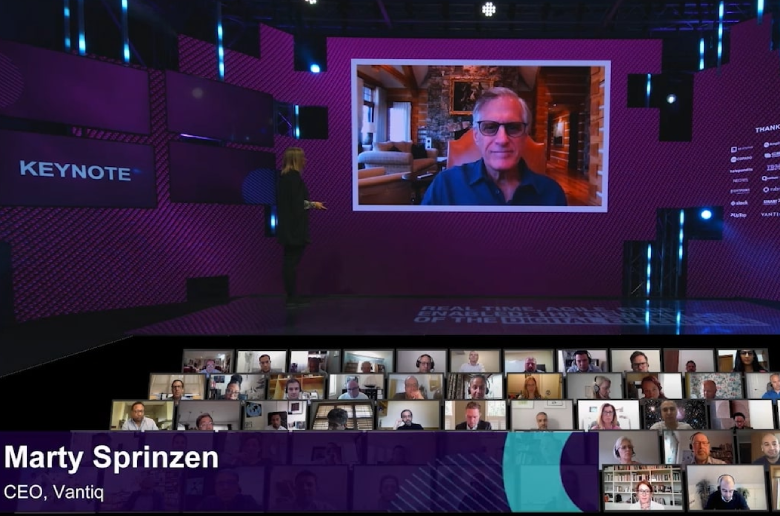
-
Edge Computing: The New Pillar of Digital Enterprise
To survive and thrive in today’s data-driven world, enterprises need real-time applications to manage mission-critical priorities that are able to respond to unforeseen events and that are also edge-enabled to facilitate instant action and reliable connectivity under stress. These new pillars for enterprise applications will propel businesses and society towards a safer, healthier, and smarter human-machine collaborative environment, but how do we realize this digital future?
Most of us do not, nor cannot, perceive the miniscule delays in our everyday applications, but for Marty Sprinzen, Chief Executive Officer for Vantiq, latency is the bane of agility and there is one core solution. As Marty suggested in his introduction, “we’re currently going through a major transition in the world in how computers are going to be used. Essentially, as we move to real-time, edge computing becomes critical.”
There are still those that see edge computing as a regression against the typical cloud models; our thinking clearly needs to change. Locating our systems and applications at the edge rather than leaning on public and private cloud is the only way to realize the promise of real-time computing. As Marty acknowledged, “in order to build more complex systems, we need a higher level of agility which includes reusability and a greater ability to repurpose than ever before.”
Marty’s vision when starting Vantiq was to harness low code solutions and edge computing to help businesses to realize real-time performance for their products and services. It’s an ongoing journey for Sprinzen, but one that we must address. In his own words, “a new form of agility that enables people to build independently of all of these components in the physical environment is what’s going to come into existence, it has to or we will fail”. Nice-to-haves have quickly become essentials in 2021, and in the quest for real-time computing, this is certainly true of edge.
In order to be successful with edge systems, Marty did have one final piece of advice. In essence, “you need a product that is soup to nuts, that worries about the infrastructure and whether something’s running in the edge or the cloud. A system that can enable you to build things quickly, evolve quickly and hide these complexities, this is what has to come into the market, period.” Edge will prove essential in any future digital innovation strategy.
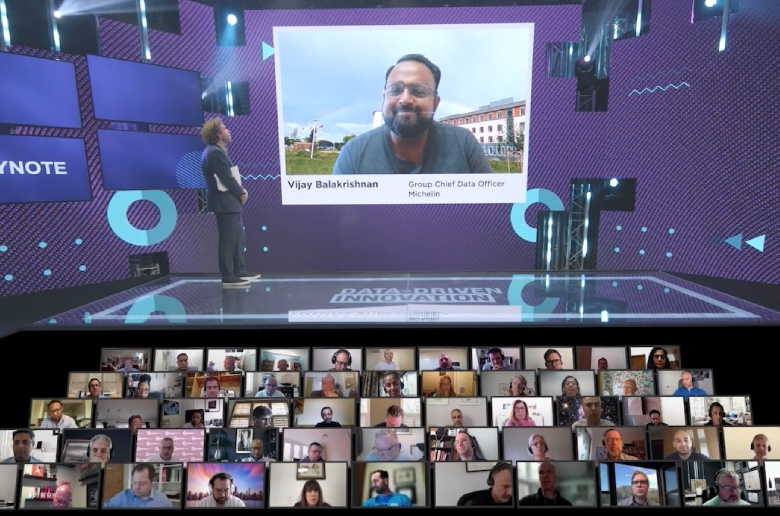
-
Driving Innovation With Data
The role of data has changed. In 2002, when Capital One appointed one of the world’s first Chief Data Officers, the role was concerned with general architecture of data systems and compliance with company data policies. In 2021, the realities of digital proliferation, big data and globalization have scuppered the relative simplicity of data such that it’s difficult to know where to begin. For Vijay Balakrishnan, Group Chief Data Officer for Michelin, there’s much opportunity in this uncertainty. Speaking in May he stated that modern CDO’s must ensure that data can be:
- Supportive: If “data is an enabler to innovation,” then we need to make sure that we are affording it the space to do so. Listen to your data rather than stand in its sway.
- Available: We must ensure that “data is available for use,” and readily so. If it can’t be easily applied to generate results, then we needn’t record it in the first place.
- Accessible: In line with the above, we have to guarantee that “data is accessible in the most secure fashion.” Whilst the data is accessible, it must be only to those that need it most.
- Qualified: We need to be more stringent with the data we collect, to guarantee that the “data is qualified.” Unsubstantiated data will prove more harm than good in the long run.
- Premium: To support the previous, we have to ensure that “data is of the highest quality possible, to help us to build trust.” It’s vital that staff know that they can trust their data.
- Understood: We need to ensure that “data is more widely understood by people,” across the organization. Whether it’s through training or group-wide discussion, it will be essential.
Additionally, in 2021, companies can harness data to drive the digital innovation strategy across their major digital projects but also, by democratizing data, they can fuel organic innovation across the business. One of Michelin’s “critical strategic elements” in line with this, is that it must “become a data-driven company as quickly as possible.” But in approaching data as an asset, there are fundamental questions to ask, For Vijay, current considerations include, “are we investing in this asset? Are we governing the use of this asset? Are we maintaining this asset?”
Once answered, the next step is to foster a change in thinking. We need to drive adoption and alter the way we leverage data, to the point that we swap a “departmental mindset” for a “global organizational mindset.” Data and its availability are imperative to our new culture, but legibility must also be a primary concern. Ultimately, “if we don’t make the data understandable and trustable, people aren’t going to use what we give them. In this way, one of the critical aspects of driving the data-driven mindset and culture is data literacy.” Once this is in place, we’ll be better situated to activate real change.

-
AI & ML Transformation
Artificial Intelligence and Machine Learning promise to accelerate innovation by making every interaction, experience, and process more intelligent. However, the only real way to capture that value is to unify the two across the enterprise, using them to help collect and analyze operational data whilst also optimizing processes. Whether you want to automate complex operations or repetitive tasks, AI-powered automation could help to reduce manual processes by as much as 80% according to IBM. Consequently, it’s an opportunity we can’t afford to ignore.
These are just some of the opportunities that Ken Parmelee, Director of Automation Platforms and IBM Cloud Paks & is looking to reveal. With experience working for Sony, KPMG, Dell, and Gartner, Ken’s knowledge is well-founded, and this makes the warning he gave to our delegates all the more pertinent. When speaking about AI adoption, Ken stated, “even though the AI adoption surge is happening, there’s a lot of things that still really hinder that adoption. Some of it is skills, but a lot of it is also the fact that a lot of companies don’t know where to focus their effort.”
As with any new addition to the toybox, there’s a rush to pick up and play with AI, but despite its place in the business zeitgeist, it’s still a new, if not rapidly-developing technology. Not knowing where to begin is to be expected, but there are many options available to those looking to begin their AI journey. As Ken put it, “the idea here is that you need to have more focused investment. Understanding where to invest that will drive the most value, but we also need to drive automation more holistically and through a means that allows us to get at a single approach to automation.”
There are three sequential steps and one big caveat:
- Detection: “Detecting things that are happening, whether those are anomalies, patterns or places where things slow down. All of these things fit into that detection area.”
- Action: “Acting is then putting in place automations that then will handle that area either automatically for you or largely automatically for you”.
- Optimization: “As I’ve put in place these actions, how are they affecting things? Are they having the results I expected? Is it reducing response time to a client? Is it allowing for more purchase volume?”
It’s only in “understanding both the impact created by the actions you put in place, and then seeing what the benefits of those things are” that will “allow us to focus closely on the next set of efficiencies and how to drive them.”
Even with strong individual leadership from those in charge of change, one of the core challenges remaining is endemic of business. As Ken established, “when you think about how most organizations are set up, you have ownership areas or silos. The fact that many times, people don’t have a more top-down view or wide view of what you’re trying to achieve, this keeps them from building those cross business automations.” Finding solutions to these key issues will be vital when looking to implement AI and a digital innovation strategy that lasts.
Post-Summit Reporting – CX Summit 2021
GDS’ Digital Innovation summits bring renowned senior technology executives together to connect and provide insights. If you are a leader in the space, don’t miss out on the opportunity to engage with other Chief Executive, VP and Director Level Leaders who are driving change both now and into the future.
Not simply comprised of the keynotes we host, summits also provide interactive Q&A and polls as well as breakout sessions, roundtables and 1-1 business meetings with executives. Across each of these, we asked leading marketing executives and providers about their top spending focuses and at what stage in the process they were in implementing these transformation initiatives, the results of which can be seen below.
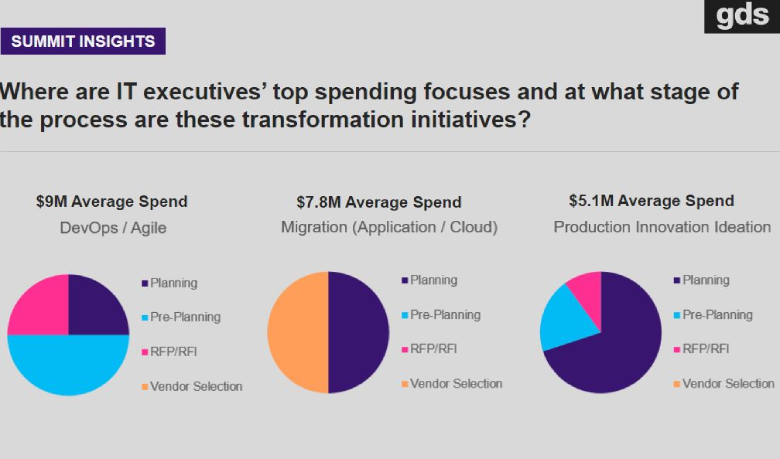
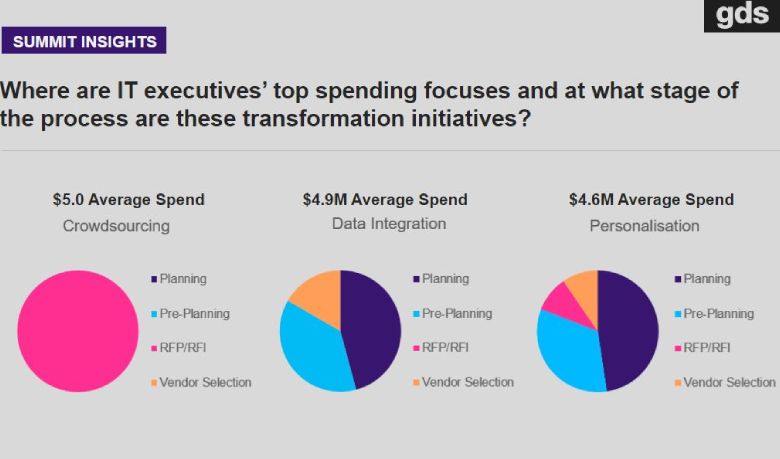
DevOps and Agile technologies are understandably top of the pile for IT spend this year. Reiteration and reimagination are critical for a world in flux, in order to meet the rapidly changing digital world we can expect executives to continually invest in these tools in the immediate future.
But the majority spread of investment is surprisingly equal, with production, innovation, ideation, crowdsourcing, data integration, and personalization all taking a level slice of the cake. Taken altogether, it is here that we’re already seeing executives tackle some of the main points of the summit speakers: Vijay’s tenets of data use, Alina’s personalization for culture reform, and Raj’s back-to-front approach to innovation ideation to name a few. Whilst there is much overlap in the advice shared by these leaders, it’s clear that organizations are going to need diversified budgets to tackle the width and breadth of digital innovation in 2022.
The Future of Digital Innovation – In Review
A digital innovation strategy means many things to many different businesses and individuals, but whatever the direction of travel there are some fundamental focuses for technology leaders to take away from this summit.
For some, it’s the reminder that nothing stands still and an organization’s greatest challenge is likely to come from the evolution of an innovation, not in getting it off the ground. For others, it’s reassurance that with the right internal culture, alongside truly understanding the external environment, that challenge needn’t be insurmountable.
Through the use of technologies like AI, automation, and edge computing – the future may well be a brighter place as long as your digital innovation strategy can rally around the cause.
GDS Summits are tailored 3-day virtual event conferences that bring together business leaders and solution providers to accelerate sales cycles, industry conversations and outcomes. Regarding the Digital Innovation Summit 75% of Delegates said their overall experience was Above Average or Excellent and 75% of Delegates who responded said the summit provided them with actionable outcomes to support their current initiatives.
For more, click here to hear from attendees on how GDS has helped them to achieve their business outcomes.
Continue the debate at GDS’ Digital Innovation Summits where we bring together senior technology executives who are actively seeking to share, learn, engage, and find the best solutions.







